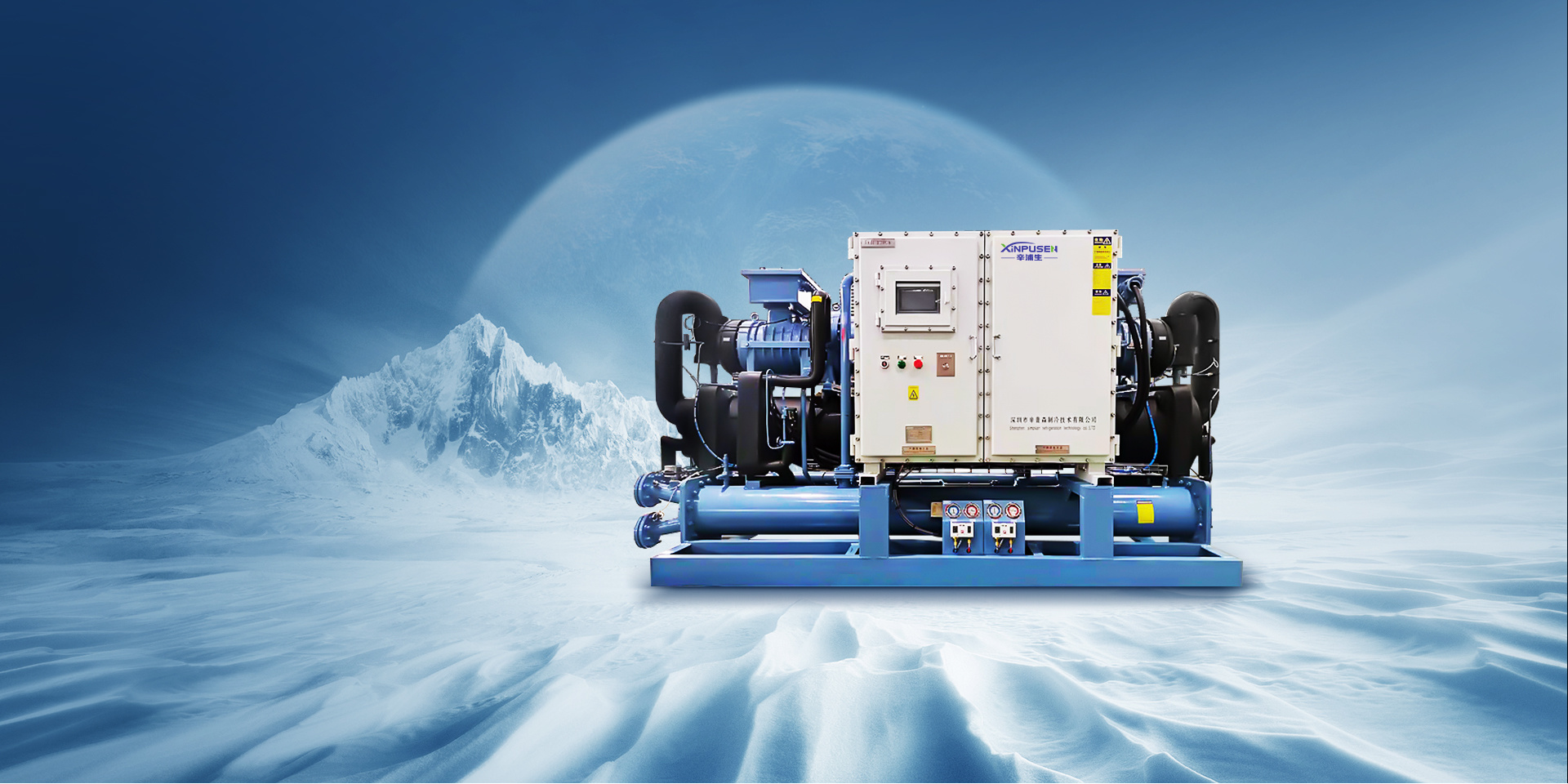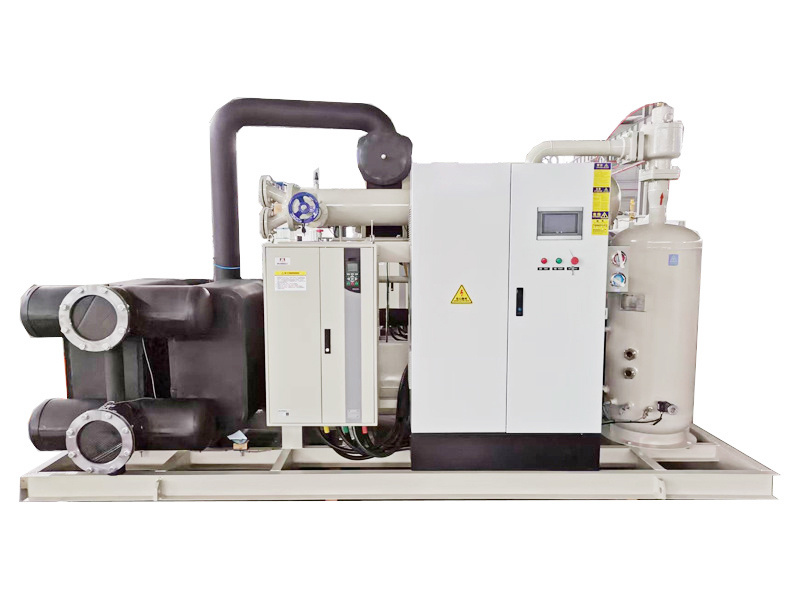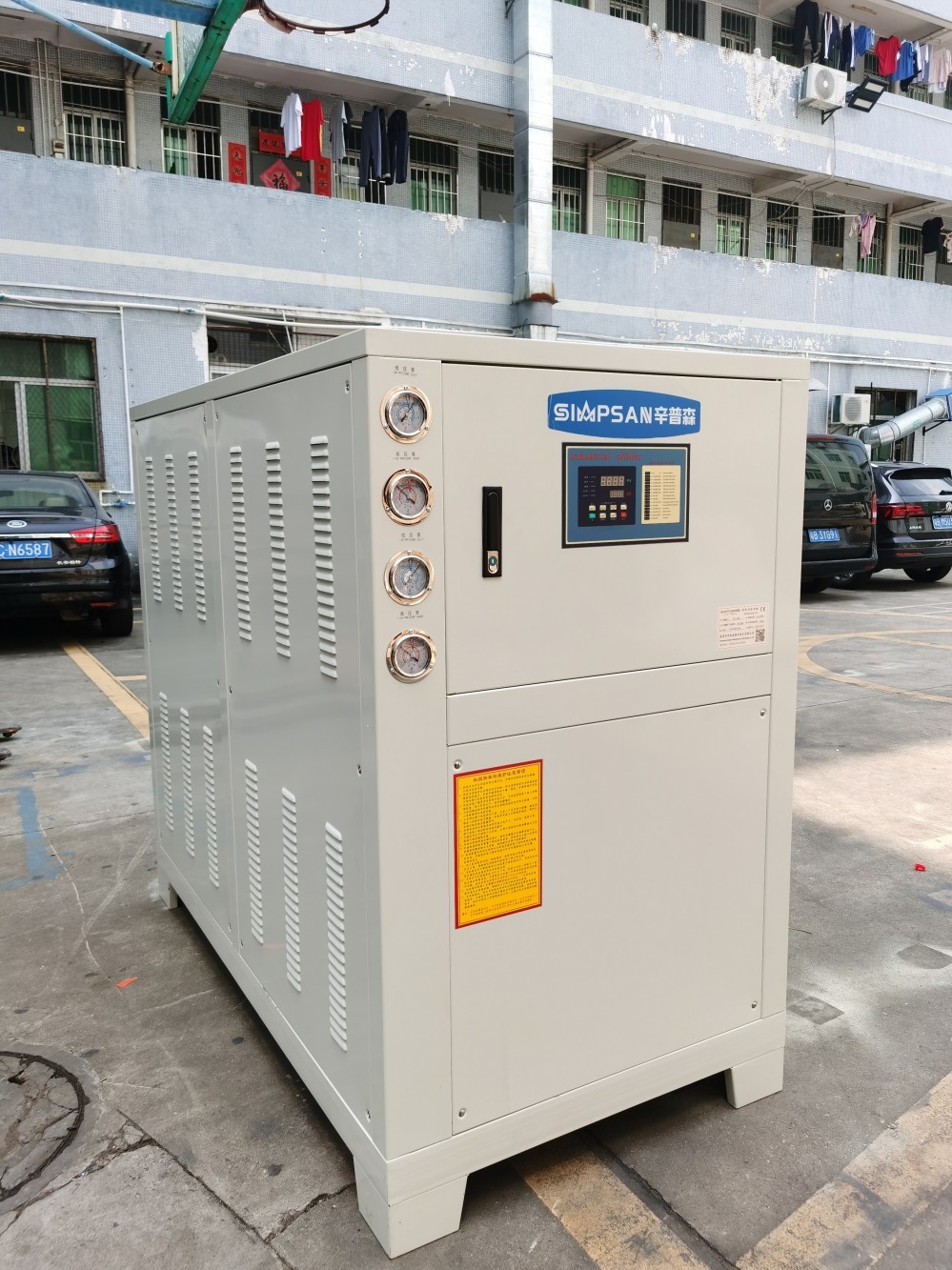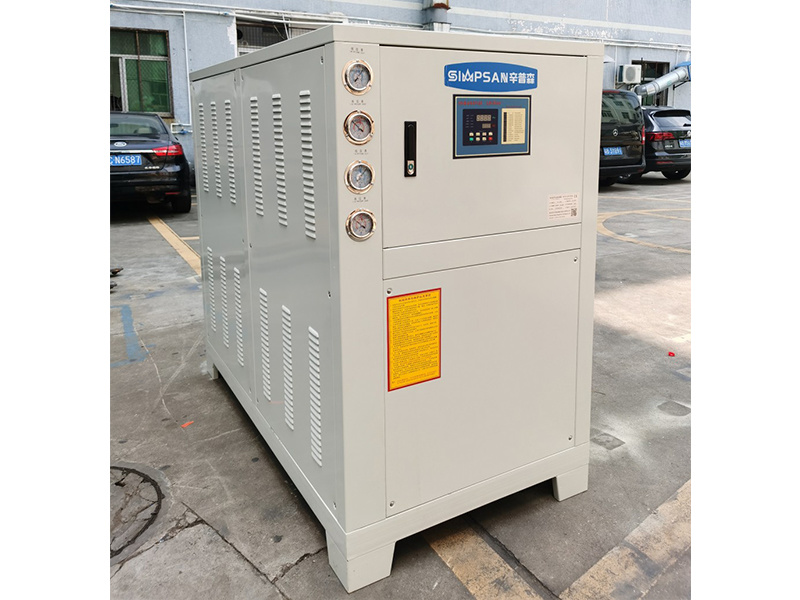A Comprehensive Guide to Open-Type Water-Cooled Chillers: Efficiency and Applications
2025-08-21 21:20
Open-type water-cooled chillers are essential components in many industrial applications, playing a crucial role in maintaining optimal temperatures for processes and equipment. These chillers work by circulating water to absorb heat from a designated area, effectively cooling it down. Understanding how these systems function can help businesses optimize their operations and improve energy efficiency.
The primary mechanism of open-type water-cooled chillers involves the use of water as a cooling medium. Unlike closed systems, open chillers draw water directly from an external source, such as a cooling tower or a body of water. This design allows for efficient heat exchange, as the chiller can effectively remove heat from the circulating water, which is then returned to the environment or utilized in various processes.
One of the key advantages of open-type water-cooled chillers is their energy efficiency. Since they rely on water from an external source, they often consume less energy compared to air-cooled systems. This not only reduces operational costs but also minimizes the environmental impact, making them a preferred choice for industries focused on sustainability. Furthermore, these chillers can be designed to handle larger cooling loads, making them suitable for heavy-duty applications in manufacturing, chemical processing, and data centers.
Another essential aspect of open-type water-cooled chillers is their maintenance requirements. Regular upkeep is vital to ensure optimal performance and longevity. Routine maintenance tasks may include checking for scale buildup in the cooling tower, inspecting pumps, and ensuring that the water quality is maintained. By being proactive with maintenance, businesses can prevent potential system failures and extend the lifespan of their chillers.
Open-type water-cooled chillers are also versatile in their applications. They are commonly used in industrial plants where large-scale cooling is necessary, such as in plastic molding, food processing, and HVAC systems for commercial buildings. Additionally, they are often employed in laboratories and research facilities, where precise temperature control is critical.
In conclusion, open-type water-cooled chillers offer a range of benefits for industrial applications, including energy efficiency, scalability, and versatility. Understanding their operation and maintenance can empower businesses to make informed decisions regarding their cooling needs. By integrating these chillers into their systems, industries can achieve optimal performance, reduced energy consumption, and a smaller carbon footprint. As the demand for efficient cooling solutions continues to grow, open-type water-cooled chillers will remain a vital component in the industrial landscape.
Previous: The Impact of Ambient Temperature on Low Temp Water-Cooled Screw Chillers: An In-Depth Analysis
More Information
2025-10-13
Understanding the Benefits of a Double-Stage Low Temperature Chiller: A Comprehensive Guide
2025-10-06
Understanding the Benefits and Functionality of Double-Stage Low Temperature Chillers
2025-09-29
The Impact of Air-Cooled Low Temp Freezer Units on Product Longevity
2025-09-22
2025-10-13
Understanding the Benefits of a Double-Stage Low Temperature Chiller: A Comprehensive Guide









 CN
CN EN
EN



